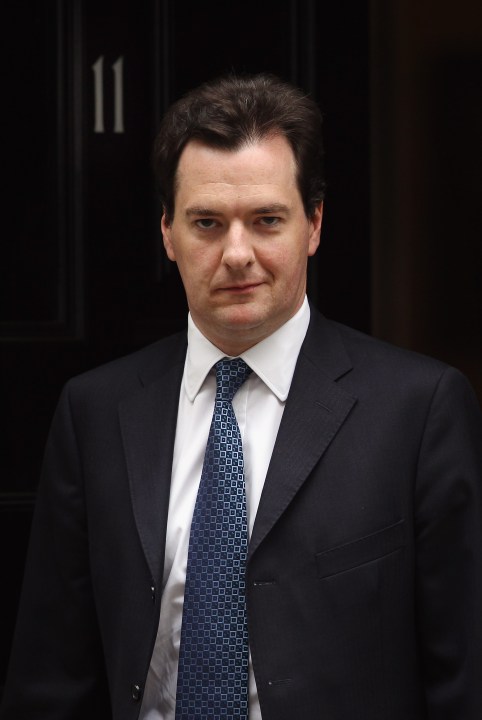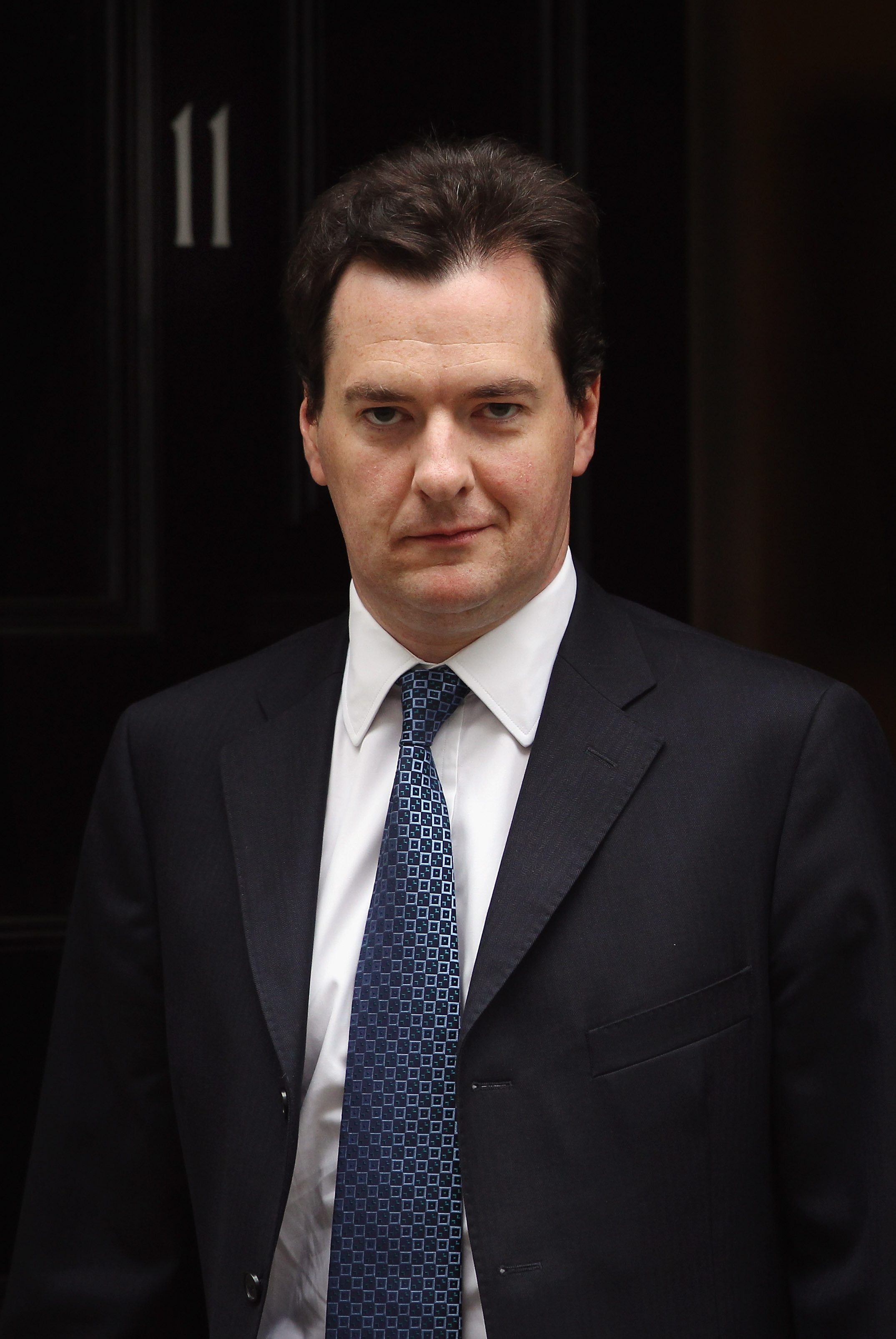 I very much doubt today’s Pre-Budget Report will be memorable; a shame, given the
circumstances. The supplementary Office for Budget Responsibility document will be more interesting — and relevant to people’s lives — than the Budget itself. Sure, everyone
focuses their attention on the Red Book (or Green Book, as it is for the PBR) and GDP projections. But even GDP isn’t really useful. You can manipulate GDP by printing money, or by borrowing
money. Gets you nowhere. GDP is only useful insofar as it’s a proxy for national prosperity. And thanks to the OBR we’ll have other, more useful metrics today. Here’s my guide to
them:
I very much doubt today’s Pre-Budget Report will be memorable; a shame, given the
circumstances. The supplementary Office for Budget Responsibility document will be more interesting — and relevant to people’s lives — than the Budget itself. Sure, everyone
focuses their attention on the Red Book (or Green Book, as it is for the PBR) and GDP projections. But even GDP isn’t really useful. You can manipulate GDP by printing money, or by borrowing
money. Gets you nowhere. GDP is only useful insofar as it’s a proxy for national prosperity. And thanks to the OBR we’ll have other, more useful metrics today. Here’s my guide to
them:
1. Net debt: up or down? How much will national debt rise by? It’s due to hit £1.36 trillion in 2014/15 — what will that figure be after today? Osborne should
tell us in the Budget statement. If it doesn’t rise, then Osborne will have done well.
2. The percentages. By what percentage will net debt rise over this parliament? Darling’s plans would have increased debt by 60 per cent; Osborne’s March plans suggested 51 per cent. Will the already small gap between Labour and Tory narrow further still? (By the way, it’s rich for Cameron and Osborne to say you can’t borrow your way out of a debt crisis when they’re doing precisely this)
3. The DEL cuts. Departmental spending — aka, DEL — is due to go down by 3 per cent a year, only slightly higher than Labour’s planned 2.2 per cent. What will it go down by now? (HMT will be careful not to publish this figure — you wouldn’t want to actually quantify the cuts, would you?! But you can work it out by putting the new DEL totals through the OBR’s GDP deflator. All this sounds dull, but it’s pretty easy).
4. The effect of Budget measures on jobs. Will the OBR produce an assessment of what today’s budget measures will mean for employment? If not, someone should ask Robert Chote this question in the press conference. I’ll be happy to be proved wrong, but I suspect today’s Budget measures will have precisely zero effect on jobs or growth.
5. The Gilt Scam. How much money will Osborne have saved, in forecast borrowing costs, due to lower gilt yields? This is why Chancellors like QE: it lowers yields, ergo lowers
borrowing costs — and gives them extra cash to play with (hence the infrastructure, nursery places, etc). But if Osborne’s getting extra cash, due to an artificial manipulation of UK bond
yields (or ‘safe haven’ as it’s cleverly being spun), then where does the money come from? Who’s being screwed? The answer is savers, who are getting less for their ISAs , and pension
funds, and who will suffer shortfalls due to lower yields in the bonds they invest in. And while it is possible to guess how much our pension funds will be hit — it’ll be a 12-digit
figure — you’ll find the OBR will not be encouraged to make inquiries. This really is an inconvenient truth: that QE, the only tool the government can think of, is in effect a massive
raid on our pension funds) The below graph show’s Citi’s estimates of Osborne’s secret stash, or how much he’ll have saved on cheaper gilts:

6. Cost of Living. This is the killer. The OBR will release new forecasts for average pay, and for prices. Over what period of time will the latter outstrip the former? And will
this be the longest sustained squeeze on living standards since the Great Depression? Something tells me Osborne’s 2015 slogan will not be ‘You’ve never had it so good’.
7. Jobs. What’s the OBR’s new forecast for employment, preferably broken down by public and private sector?
8. Blame it on the Eurozone? When the OBR lays out its new growth figures, will it explain how much of the downward revision is due to domestic and foreign influences? That is, how much can you really blame the Eurozone?
9. The Underspend. Yes, tax revenues have been lower than expected. But so has state spending, which is why some new spending projects have emerged from thin air. Sleekit, wee
Osborne has been spending less than the OBR expected him to, and by quite some margin. Core spending (i.e. excluding debt and dole), is down 0.2 per cent year-in-year, and the OBR had expected it
to rise by 2.2 per cent. Graph below:

10. Market reaction. What will the cost of insuring Britain’s sovereign debt (the so-called Credit Default Swap) be by the end of the day? This, not the FTSE100, is the
better indicator of market reaction — although still far from perfect.
One final thing. I’d also caution against getting too excited/giving a hoot about the changing estimated size of this ‘structural deficit ’. This is a classic language, being used — as Orwell would have put it — to give the appearance of solidity to pure air. All it means is an estimate of how big the deficit will be when the economy has recovered.Your guess is as good as mine. It’s a far smaller figure than the deficit itself, so it suits the government to have journalists using this fake metric.
God knows how many hours were wasted worrying about Brown’s just-as-spurious Golden Rules. Deficit should be measured in simple terms: what the government spends, minus what it raises. And that’s something no one can spin.








Comments